TP Link Archer C8 AC1750 Wireless Dual Band Gigabit Router
$129.95
16% Off
TP Link Archer C8 comes with the next generation 11ac Wi-Fi standard. Ultra-fast 800MHz dual-core CPU functions as a great ‘heart’ for fast, stable and responsive performance with Wi-Fi, Ethernet and USB devices. Whole-home coverage with outstanding Gigabit Wi-Fi is ideal for bandwidth intensive applications like HD video streaming and online gaming, helping you to enjoy a super-fast connected home.
TP Link Archer C8 Router Feature:
Supports 802.11 ac standard – the next generation of Wi-Fi
Simultaneous 2.4 GHz 450Mbps and 5GHz 1300Mbps links for 1.75 Gbps of total available bandwidth
3 dual band detachable antennas offer maximum Omni-directional wireless coverage and reliability
Beamforming technology delivers highly efficient wireless connection
USB 3.0 + USB 2.0 Ports – quickly share a printer locally and files & media with networked devices or remotely via FTP server
Where To Buy TP Link Archer C8 Router:
TP Link Archer C8 Router Spec:
| Standards | Wi-Fi 5 IEEE 802.11ac/n/a 5 GHz IEEE 802.11n/b/g 2.4 GHz |
| WiFi Speeds | AC1750 5 GHz: 1300 Mbps (802.11ac) 2.4 GHz: 450 Mbps (802.11n) |
| WiFi Range | 3 Bedroom Houses 3× Detachable High-Performance Antennas Multiple antennas form a signal-boosting array to cover more directions and large areasBeamforming Concentrates wireless signal strength towards clients to expand WiFi range |
| WiFi Capacity | Medium Dual-Band Allocate devices to different bands for optimal performance |
| Processor | Dual-Core CPU |
| Ethernet Ports | 1× Gigabit WAN Port 4× Gigabit LAN Ports |
| WiFi Encryption | WEP WPA WPA2 WPA/WPA2-Enterprise (802.1x) |
| Guest Network | 1× 5 GHz Guest Network 1× 2.4 GHz Guest Network |
| Package Contents | Wi-Fi Router Archer C8 Power Adapter RJ45 Ethernet Cable Quick Installation Guide |
| WiFi Transmission Power | CE: <20dBm(2.4GHz) <23dBm(5GHz) FCC: <30dBm |
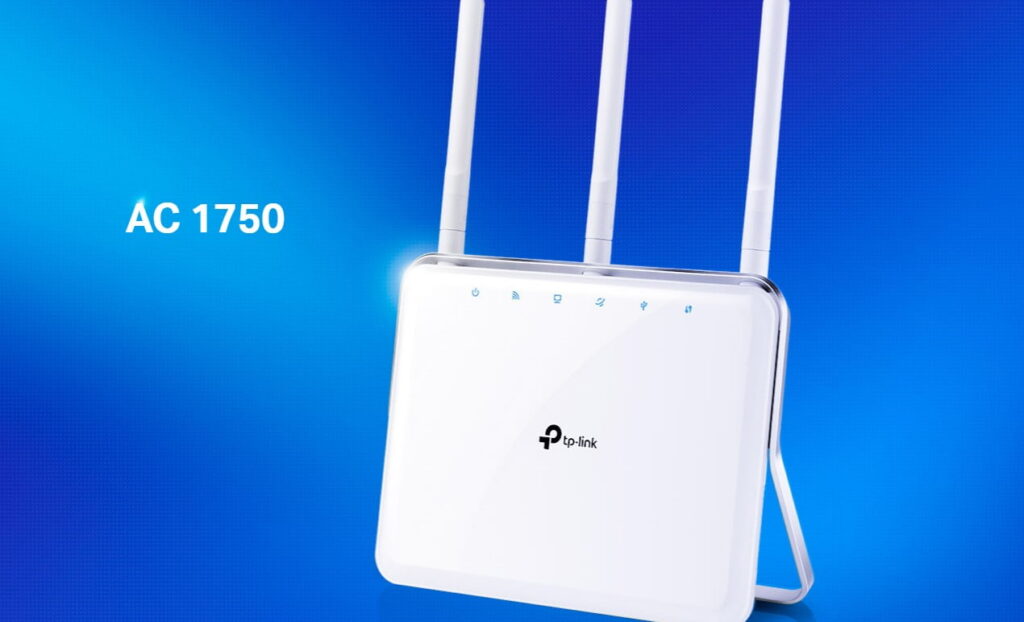
TP Link Archer C8 Router Reviews:
The Archer C8’s performance as an 802.11 ac Wi-Fi router, paired with a 2 × 2 Asus USB-AC56 Wi-Fi adapter, was not at all impressive. Truly, it finished last or near last in three of my four test locations.
TP-Link’s router performed much better with a 3 × 3 802.11 n client armed with an Intel Centrino Ultimate-N 6300 Wi-Fi adapter operating on the 5GHz frequency band; in fact, it was faster at close range than any of the four routers I compared it to. It placed second when the client was in the kitchen, 20 feet from the router and separated by one wall.
But its performance fell off a cliff when I moved the client to my home theater, and it finished in last place when the client was in my home office (the room that’s the farthest from the router).
The Archer C8’s performance as a 2.4 GHz 802.11 n router was a decidedly mixed bag. While it eked out a first-place finish when the client was at close range, it finished third when I moved the client to my kitchen, and it couldn’t maintain a connection at all when the client was in my home theater and in my office. If you’re looking for a router to service legacy clients, give this one a pass.
Final:
The TP-Link Archer C8 is one of the more basic dual-band 802.11 ac routers I’ve evaluated, but it’s also one of the most reasonably priced options available. If you don’t require a large number of features and don’t have clients that are notoriously tough to reach, there’s no reason to spend more money on features that you won’t use or profit from.






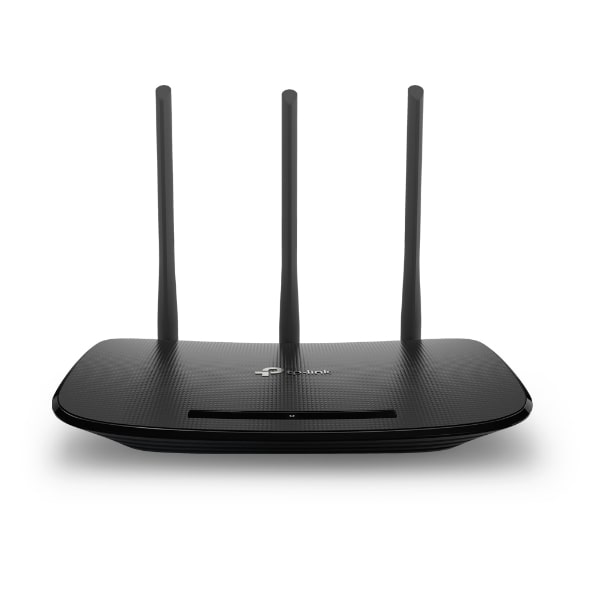
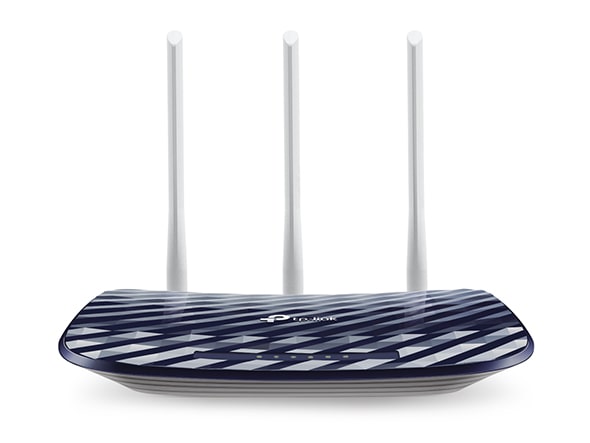
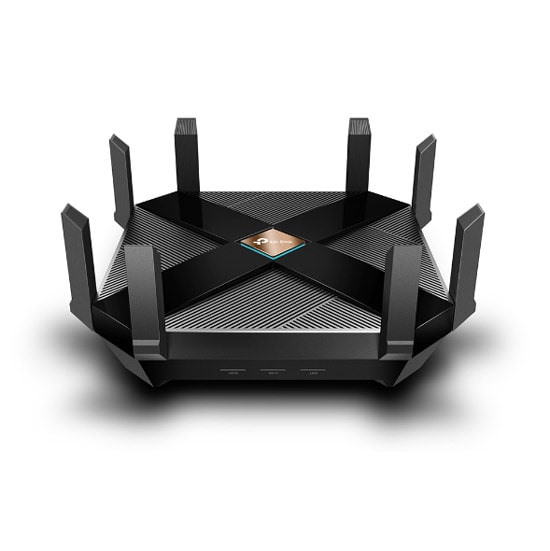
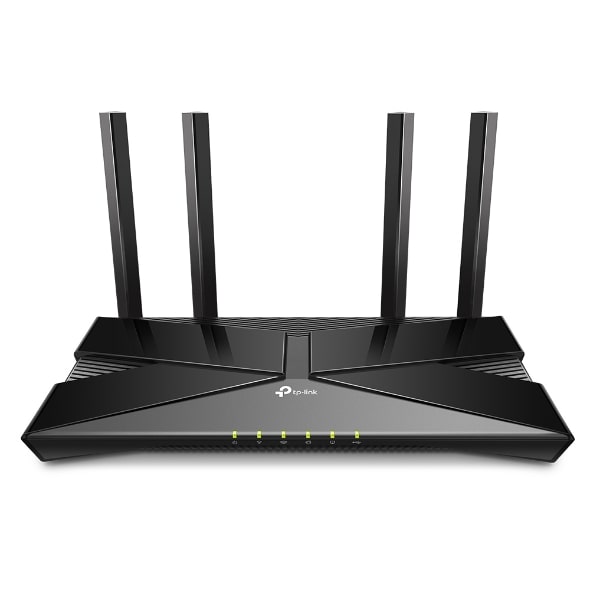
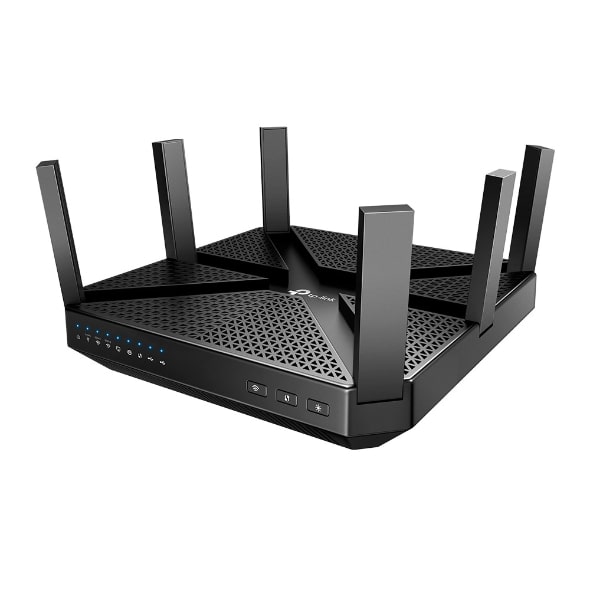

Jason –
Bought this for my mom who just upgraded her isp to 60mps cable. She had a pretty old N150 router that was really capping the speed. Did some research and found the C7 to be popular and well-rated by techies. Ultimatly went with the C8 seeing as it’s a newer model and only $10 more and it looked nicer (note: at time of purchase C9 was available for about $50 more). First of all, this router is very nice and sleek looking. The glossy white blended in well with the rest of the room. Everything you need is in the box, including a network wire and a colorful glossy instruction poster with lots of pictures. All the plugs and sockets are clearly labeled and color-coded on the back of the unit. Plug all the wires in, connect to your computer (I used my iPad), and set up network name and password (all on the instuction poster). It took me (a not very techie lady) 30 minutes to set up. That includes the 15 minutes I spent figurig out how to forget the old network and adding the new one. Been in constant use for a couple of weeks with absolutely no issues. Internet speed is now more than double what it was before. Very happy.